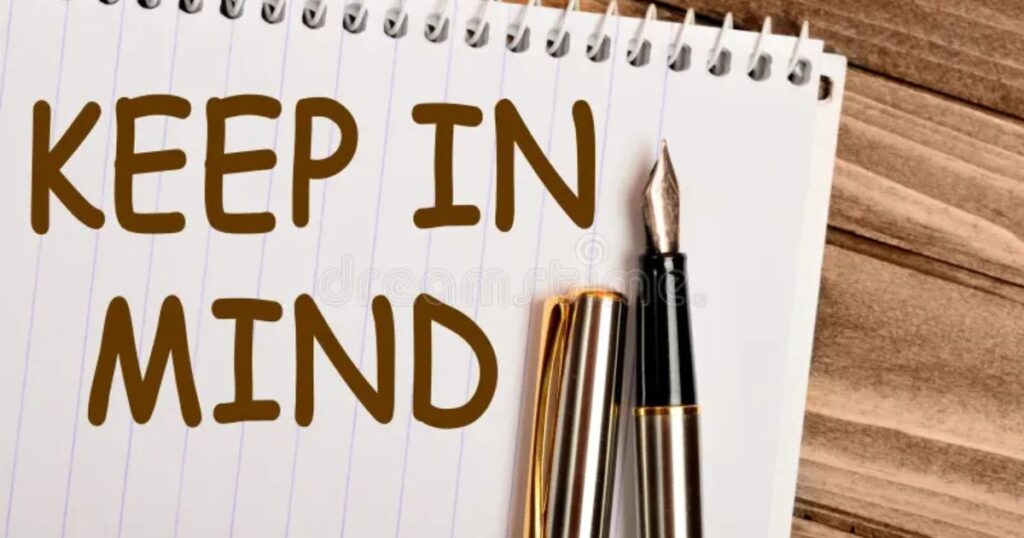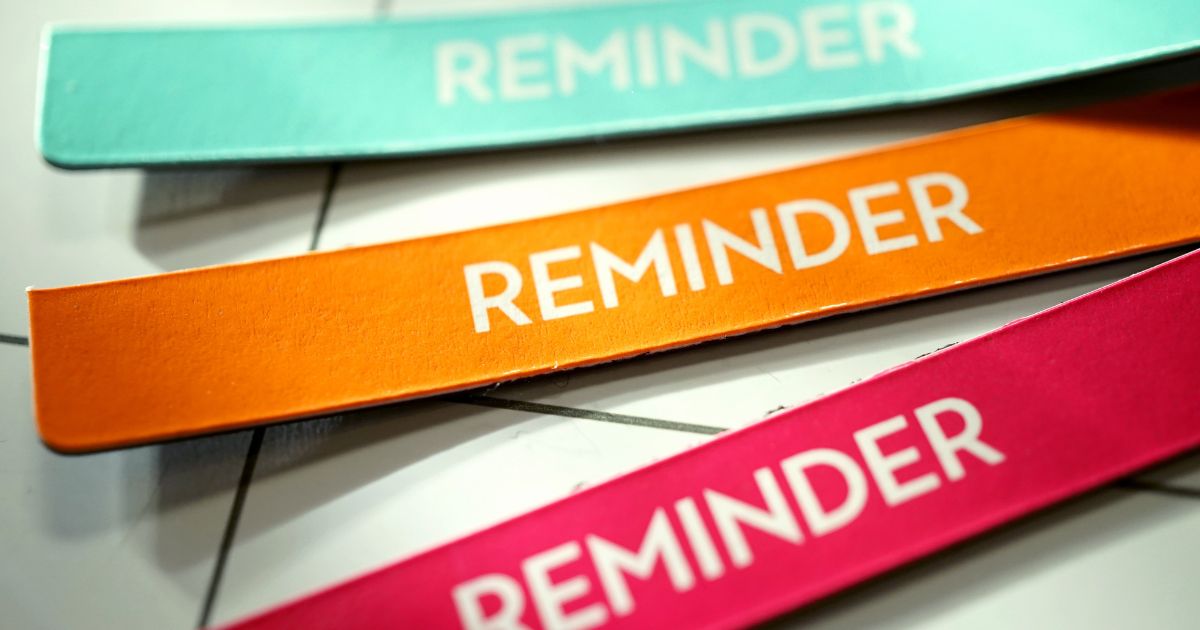We all need a reminder from time to time. A reminder helps us stay on track, remember tasks, and keep up with daily life. Whether it’s a reminder for a meeting, a message to a friend, or a simple note, it plays a big role in keeping things running smoothly. A good reminder can save time and lower stress.
In this article, we’ll look at different ways to say reminder. You’ll learn how to use a reminder in casual and professional settings. Using the right kind of reminder helps you communicate clearly and kindly. Let’s explore new and creative ways to give a reminder that feels natural and helpful.
- A reminder’s main purpose is to keep someone informed, organized, and on track.
- Choosing the right wording helps maintain a respectful and helpful tone.
- Repetitive language like “reminder” can feel impersonal or demanding over time.
- Using thoughtful alternatives improves communication and strengthens relationships.
- The right tone depends on context, casual, professional, urgent, or friendly.
- Gentle language promotes autonomy and reduces pressure or stress.
- Well-phrased reminders encourage accountability and support collaboration.
A quick “Heads up” can go a long way in grabbing attention without sounding too formal. It’s a relaxed, conversational way to alert someone to something important, whether it’s an upcoming event, a slight change in plan, or a detail they might have missed. It keeps the atmosphere casual but still communicates a clear need for awareness.
This phrase works well in both personal and professional settings. It’s an easy way to say, “I’m letting you know,” without sounding like you’re demanding action. It encourages people to stay proactive and can help with task planning, especially when things are changing quickly. It’s also a great way to ease into conversations that require action, clarity, or timely decision-making.
Saying “Just a note” is a gentle way to insert a thoughtful message or add some information without sounding too forceful. It gives the listener or reader space to digest the information without urgency. This phrase is especially helpful when you’re adding context, flagging something small but essential, or including a quick update in an email or message.
It feels respectful and unobtrusive, often used when you’re trying to maintain a calm, friendly tone. Whether you’re pointing out an update to a project or reminding someone of a conversation, “just a note” creates an atmosphere of collaboration, not control. It also helps people stay informed while feeling supported.
Everyone needs a “Friendly nudge” now and then. It’s a kind way of saying, “Don’t forget,” without making it sound like a command. This phrase offers support, motivation, and a sense of shared effort, especially helpful when deadlines or responsibilities are looming.
Friendly nudges promote a positive environment where people feel encouraged rather than judged. In teams or group settings, this phrase keeps things productive without adding pressure. It shows consideration and helps maintain balance between freedom and accountability, a powerful mix in any relationship or workplace.
“Gentle prompt” is a phrase that brings together subtlety and direction. It suggests a reminder that respects the other person’s autonomy and space, while still moving things forward. It’s often used in emails, meetings, or conversations where professionalism and politeness are expected.
This type of communication allows for clarity without harshness. It supports progress on tasks or projects and helps avoid coercion or overwhelming messages. A gentle prompt can inspire reflection, spark motivation, or simply bring a priority back to the forefront of someone’s mind.
“Quick ping” is commonly used in tech and office settings to refer to a fast message or short update. It’s a highly effective phrase in fast-paced environments where time matters and communication needs to be direct. A quick ping is like a verbal notification, it’s sharp, timely, and usually casual.
This method works best for reminding someone of a task or decision that doesn’t require long explanation. It supports productivity, gives people the freedom to respond on their own timeline, and keeps everything moving forward. It’s also easy to fit into systems like Slack, Teams, or email.
The words you choose shape how others receive your message. When you’re looking for alternatives to “reminder,” think about what tone, level of urgency, or emotional feel you want to bring. Do you want it to feel casual or professional? Direct or subtle? Encouraging or factual?
By learning more options, you give yourself freedom, creativity, and flexibility in your communication. These alternatives can enhance your note-taking, improve engagement, and support others without being repetitive. Let’s explore even more useful phrases to use instead of “reminder.”
A “Soft reminder” gently brings something back into focus. It’s often used when you want to follow up without applying pressure. It fits well in email, messages, or spoken communication where a light touch is appreciated.
This kind of reminder reduces stress, shows consideration, and creates a more relaxed atmosphere. It’s great for encouraging action while maintaining respect and empathy, especially with people who thrive in supportive environments.
When you say, “Thought to share,” you’re offering an idea or suggestion that might help someone think differently or remember something useful. It’s not a demand, it’s more like planting a seed of awareness or insight.
This phrase supports a more collaborative and creative communication style. It invites conversation, sparks contemplation, and creates room for mutual growth or reflection. It can be used for reminders, feedback, or strategic input.
“A little reminder” keeps the tone light and non-intrusive. It’s perfect when you want to remind someone of something small, like a meeting time, deadline, or personal task, without sounding too formal.
This approach works well when you want to create an easygoing, helpful tone. It fosters engagement and makes people feel seen, not bossed around. It blends awareness with a sense of ease.
“Quick tip” works great when your reminder includes helpful info. It’s a way to blend a message with value, turning a simple prompt into something useful and supportive.
This phrase works well in blogs, messages, or emails where the goal is to keep people informed and empowered. It shows that you’re offering support, not criticism, and encourages responsibility in a constructive way.
Saying “FYI” makes your communication clear and professional. It suggests that what you’re sharing is helpful or relevant, but doesn’t need a direct response. It’s perfect for giving updates, sharing information, or providing a calm reminder.
Using “FYI” helps people stay informed, avoid misunderstandings, and take action if needed, without making them feel like they’ve dropped the ball. It’s respectful and efficient in both personal and work contexts.
Read More: 13 Other Ways to Say “Exhilaration”
“Note to self” works as a reminder for yourself, but it also shares a sense of awareness with others. It’s a clever way to reflect out loud, show you’re paying attention, and keep responsibilities top of mind.
It often adds a touch of humor or relatability, making it great for social media or casual messaging. It also shows that memory, planning, and organization matter, even when things are busy.
“Little heads-up” softens the usual “heads up” and makes your reminder sound even more friendly. It works well in conversation when you want to keep someone aware of something without pushing them.
This kind of phrase invites collaboration and keeps the atmosphere light. It makes your message feel like part of a conversation, not a directive. That helps people feel connected and open.
When you say “Just a thought,” you’re not just offering a reminder, you’re sparking a new idea. This phrase encourages others to think, reflect, or even act, but without any pressure.
It’s useful in brainstorming, planning, or informal dialogue where ideas are welcome. It creates a space for engagement, shows openness, and fosters teamwork in a non-demanding way.

“Keep in mind” is a useful way to remind someone while also giving them the freedom to act. It shows trust, respect, and responsibility. It’s perfect when you’re encouraging someone to stay focused on a detail, deadline, or goal.
This phrase feels balanced, it’s effective without being overbearing. It’s also versatile enough for work, home, and everyday reminders that support people in staying on track and aligned with their intentions.
A “friendly suggestion” makes your reminder feel like a gift rather than an order. It’s kind, respectful, and rooted in support, not control. It’s a great choice when you’re offering advice that helps someone stay productive or on schedule.
Using this phrase promotes collaboration, creates an open atmosphere, and encourages better communication. It also shows emotional intelligence, helping others feel empowered to take action without being pressured.
Using the right reminder makes life easier. A gentle reminder can help others stay on track without stress. It’s a smart way to show care, support, and good communication. A clear reminder gives people space to remember without pressure. Whether at work or home, a kind reminder builds trust and respect.
There are many ways to say reminder. You can choose a word that fits the mood, the person, or the setting. Use words like note, prompt, or nudge to send a calm reminder. It keeps things smooth, friendly, and thoughtful. With the right reminder, you help others stay focused, feel supported, and work together with ease.

Grammarbeam is a smart language assistant built for clarity, creativity, and precision. From polishing grammar to exploring rich synonyms and refining sentence structure, Grammarbeam is your go-to tool for powerful communication. If you’re writing for school, business, or just for fun — let your words shine with Grammarbeam.

